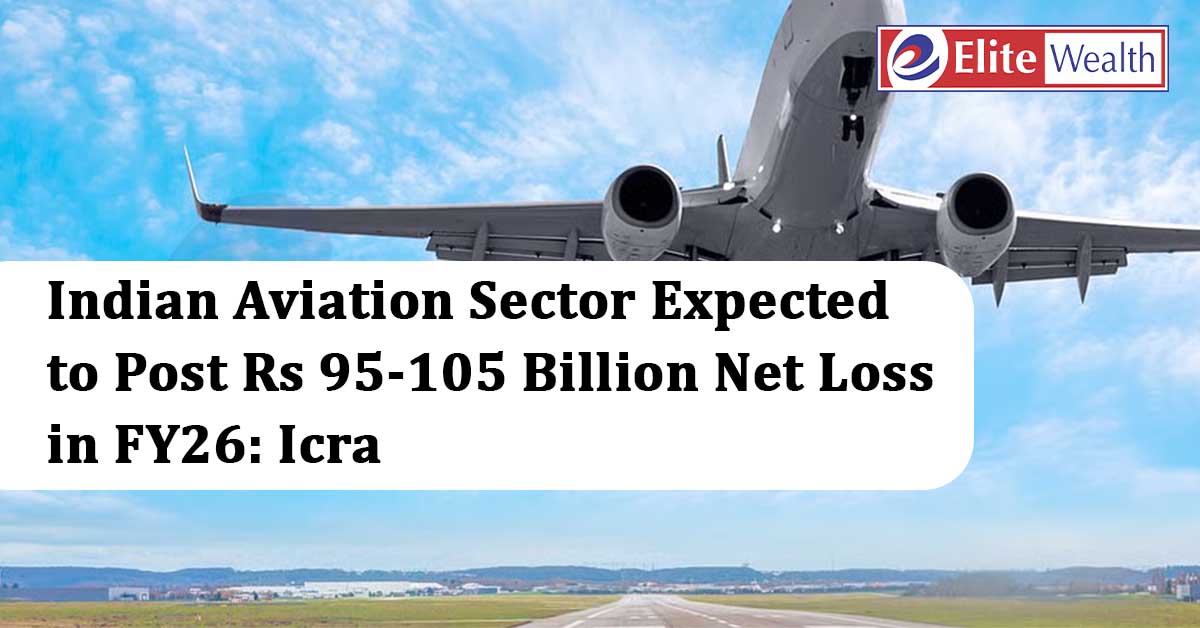
Mumbai, September 2025: The Indian aviation industry is set to face a challenging fiscal year in FY2026, with rating agency Icra projecting net losses between Rs 95 billion and Rs 105 billion, a sharp rise from the estimated Rs 55 billion loss in FY2025.
Slowing Passenger Growth and Operational Pressures
Icra attributes the anticipated losses to a combination of factors, including a slowdown in domestic passenger traffic growth, increased aircraft deliveries, and external economic pressures. The agency has revised its forecast for domestic air passenger growth to 4–6% in FY2026, down from the earlier estimate of 7–10%, reflecting a cautious outlook amid geopolitical tensions and other challenges affecting the sector.
Passenger traffic in the first quarter of FY2026 grew by 4.4% year-on-year, impacted by cross-border escalations, flight disruptions, and cancellations. Additional factors, such as travel hesitancy following an aircraft accident and a prolonged monsoon season, further dampened demand. Trade headwinds, including US tariffs, are also expected to restrain business travel, creating a more cautious travel environment.
Rising Operating Costs
Operating costs remain a major concern, with fuel expenses accounting for 30–40% of airlines’ costs. While Aviation Turbine Fuel (ATF) prices have averaged Rs 87,962 per kilolitre during the first five months of FY2026—an 8% decline year-on-year—they remain above pre-COVID levels. Additionally, the weakening of the Indian rupee against the US dollar has increased costs related to aircraft leases, maintenance, and debt servicing.
Comparative Outlook
Despite the projected widening of losses, FY2026 losses are significantly lower than the Rs 216 billion and Rs 179 billion recorded in FY2022 and FY2023, respectively. Icra maintains a stable outlook for the sector, anticipating modest domestic air passenger growth, but cautions that geopolitical and operational challenges could pose downside risks.
Conclusion
While the Indian aviation industry is likely to see higher losses in FY2026, the situation is more manageable compared to the deficits of previous years. The sector’s ability to navigate these challenges will depend on fuel price stability, currency fluctuations, and the resolution of geopolitical tensions, as well as effective operational management.
Disclaimer:
This article is intended solely for educational and informational purposes. The securities or companies mentioned are provided as examples and should not be considered as recommendations. Nothing contained herein constitutes personal financial advice or investment recommendations. Readers are advised to conduct their own research and consult a qualified financial advisor before making any investment decisions.
Investments in securities markets are subject to market risks. Please read all related documents carefully before investing.
